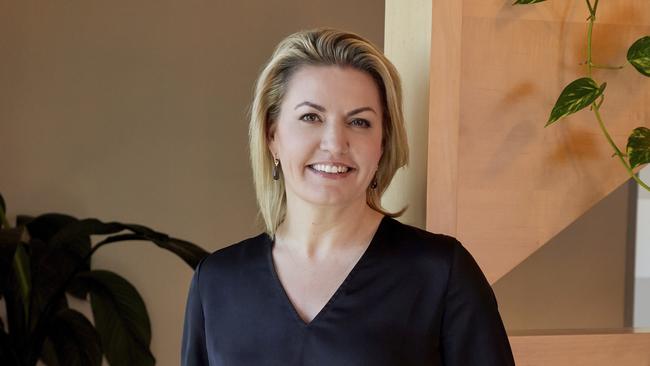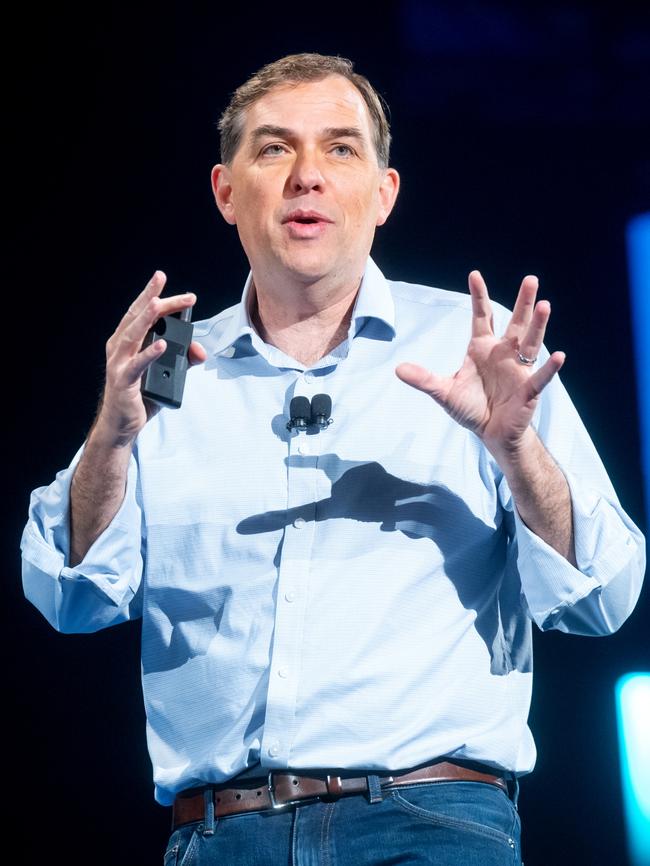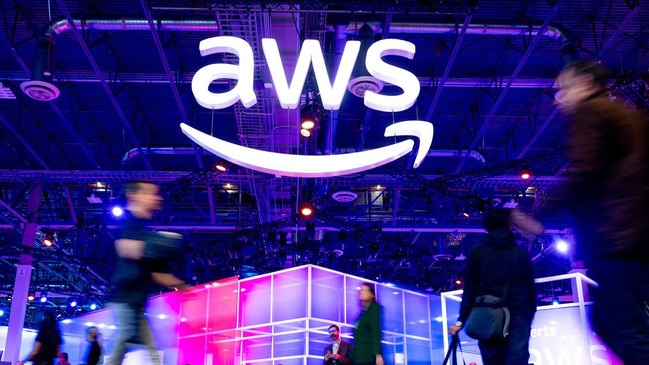Amazon undercuts rivals as seeks to make up ground in AI race
Amazon is significantly undercutting its competitors as it seeks to take the lead in the AI race and overcome one of the biggest hurdles in launching the tech at scale: cost.

Amazon is undercutting its competitors by up to 75 per cent as it seeks to take the lead in the artificial intelligence race and overcome one of the biggest hurdles in launching the technology at scale: cost.
Amazon Web Services (AWS) has released six new foundation models after the tech behemoth was perceived as falling behind rivals Microsoft and Google in the AI boom.
Even in the global cloud computing market Amazon’s lead slipped from 39.8 per cent share to 39 last year, while rival Microsoft rose from 21.5 to 23 per cent and Google jumped from 7.5 to 8.2 per cent, according to Gartner.

But AWS chief executive Matt Garman said it was “still incredibly early” days in generative – or conversational – AI, and Amazon’s strategy was to act like a neutral platform that offered business to a variety of AI models, including its own.
Australian businesses have been hesitant to adopt the technology at scale, despite having some success in boosting productivity in trials, with safety and security concerns.
AWS Australia managing director Rianne van Veldhuizen said cost was another big hurdle.
“The minute you scale, the cost grows exponentially,” Ms van Veldhuizen said, adding that some customers had switched models because the cost was not sustainable.
She said this was why having a multi-model platform, like Amazon Bedrock, was crucial.
“The minute that customers use Amazon Bedrock, they can basically pick a different model that suits their needs.”
Bedrock includes models from companies including Anthropic, Meta and Mistral AI as well as Amazon’s six new models. Ms van Veldhuizen said three of Amazon’s new models were “at least 75 per cent less expensive than the best-performing models in their respective intelligence class”.
“That’s going to be a needle mover for us, apart from the fact that we offer them choice,” she said.
Amazon’s new Nova models include text-only option Amazon Nova Micro, which Ms van Veldhuizen said delivered low latency responses at a low cost, and Amazon Nova Lite, a multi-modal offering for processing image, video and text inputs. There is also a Pro and Premier option as well as Amazon Nova Canvas for generating images and Amazon Noval Reel for producing realistic videos from text inputs.

Last month Amazon invested an additional $US4bn in Anthropic, doubling its investment in the AI start-up to $US8bn. Google has also agreed to invest up to $US2bn in Anthropic, while Microsoft has reportedly invested more than $US13bn in ChatGPT maker OpenAI.
Amazon says it now has about 1000 generative AI applications, with Commonwealth Bank, Atlassian and health insurer NIB among its Australian customers.
“NIB use Amazon Bedrock for their call centre support centres. It’s early days … but what they have found is that it reduced their after-call work by 20 per cent already,” Ms van Veldhuizen said.
Google Cloud chief executive Thomas Kurian took a veiled swipe at AWS earlier this year, saying it had no AI experience.
Ms Van Veldhuizen dismissed those comments.
“He probably needs to look at the Amazon fulfilment centres. We’ve been using AI for over 20 years.”
Amazon is aiming to make its data centres, which form the backbone of AI, more environmentally friendly by limiting water and power use. At its Reinvent conference in Las Vegas this month it unveiled a new data centre design, which includes a 46 per cent reduction in mechanical energy consumption and offers customers 12 per cent more computing capacity.Jenna Leiner, Asia Pacific sustainability lead for AWS, said the redesign was modular, meaning it could be retrofitted in its Australian data centres. Although Amazon doesn’t have a rollout date yet. But Ms Leiner said AWS’s data centre in Melbourne was already on target, with a power usage effectiveness score of 1.08 – with 1.0 being the optimal score.




To join the conversation, please log in. Don't have an account? Register
Join the conversation, you are commenting as Logout